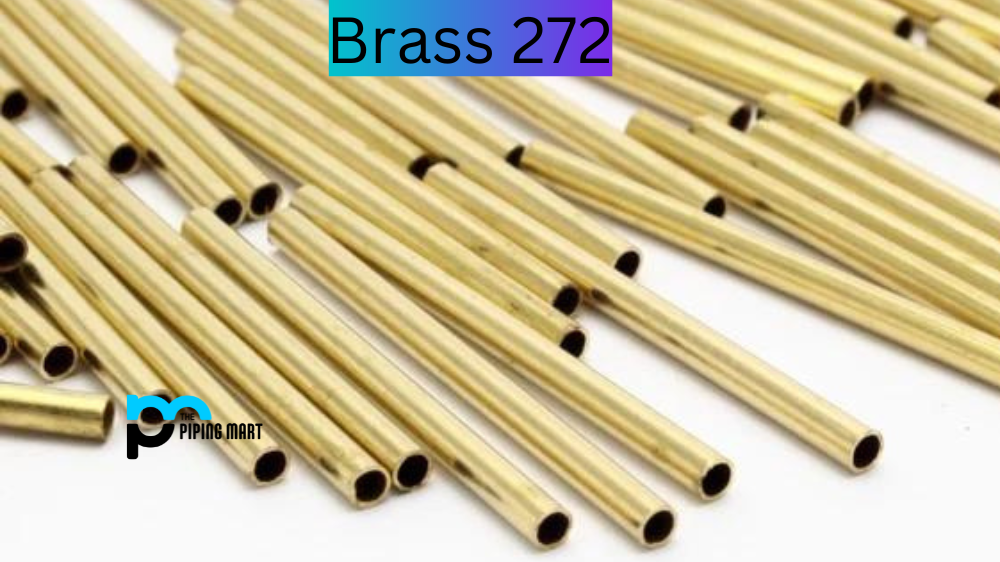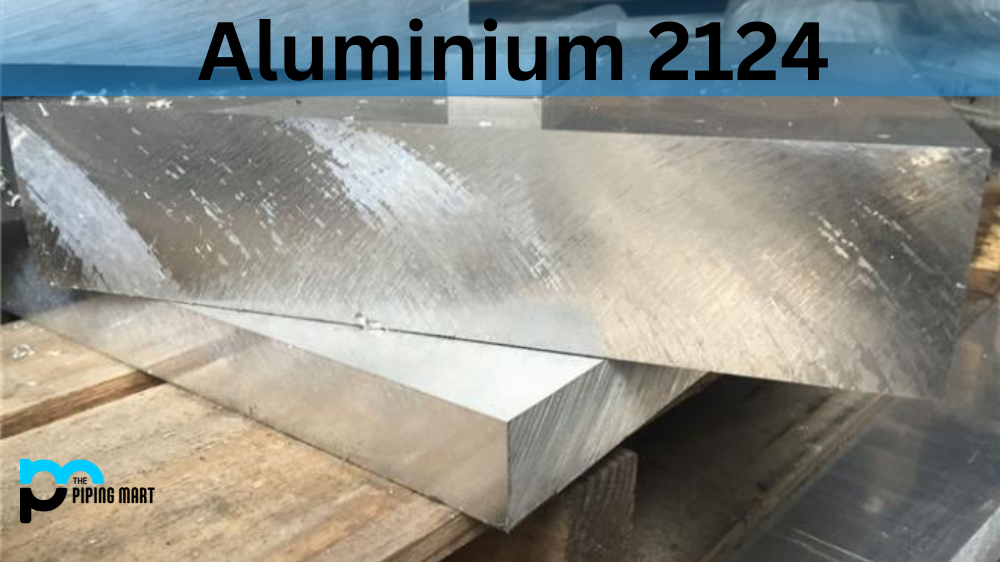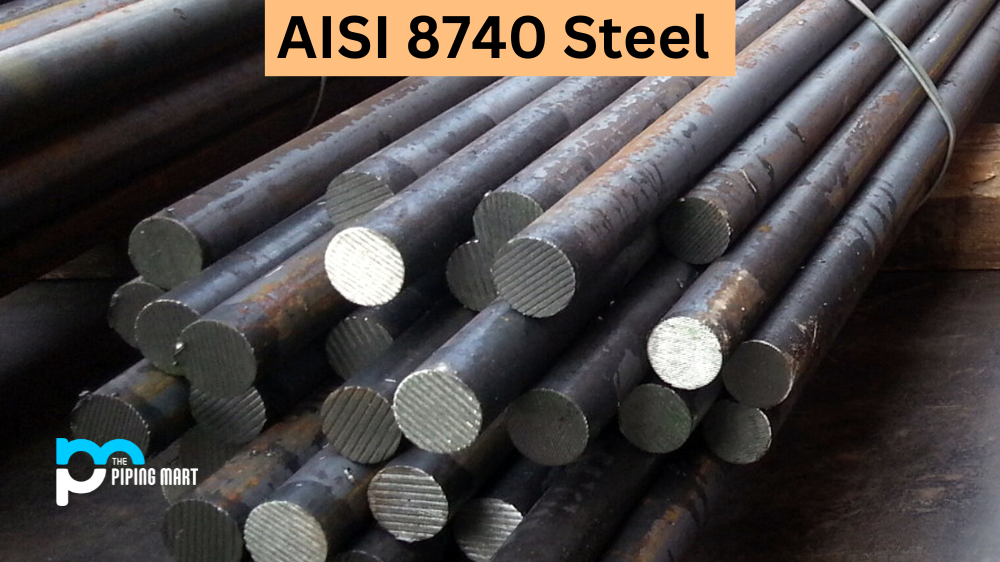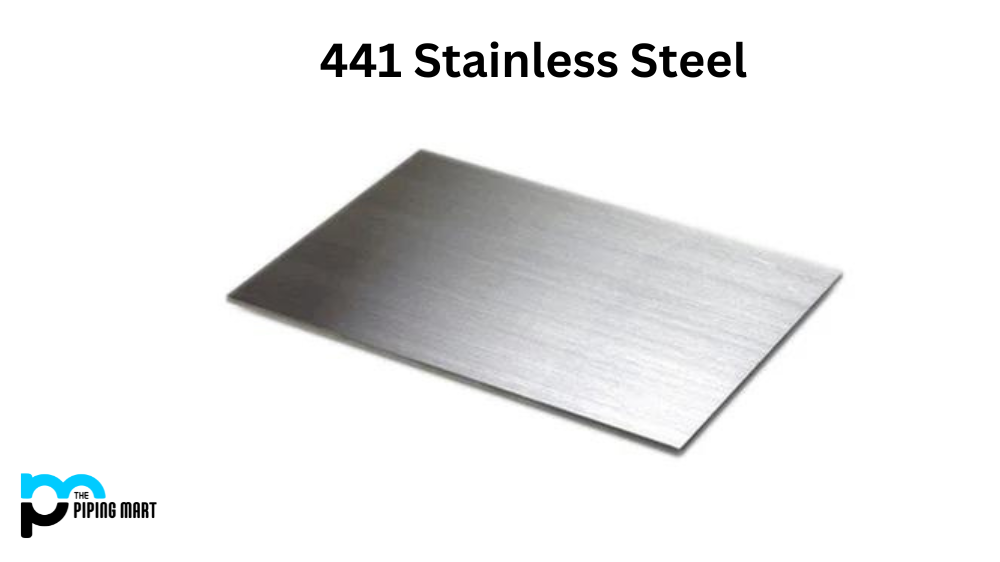UNS C27200 is a copper-zinc alloy that has a wide range of uses in industries such as plumbing, electrical wiring, and automotive engineering. This alloy has been popular for decades due to its excellent corrosion resistance and machinability. In this blog post, we’ll discuss the composition of brass 272, its physical and chemical properties, its heat treatment options, and some common uses of the alloy.
What is 272 Brass ?
ASTM B36 is a valuable alloy of brass that is widely used in the manufacturing and engineering sectors. Primarily made up of zinc, copper, and tin, Brass Alloy 272 offers a remarkable range of benefits to industrial producers. It has superior resistance to corrosion and abrasion, is highly malleable for various applications and processes, and its strength remains intact over time. On top of that, Brass 272 is significantly more affordable than other metal alloys. This makes it ideal for industries looking for ways to reduce costs while still upholding quality standards. As such, it’s no surprise why Brass 272 has become an essential material in producing parts of all shapes and sizes in many industries around the world.
What Forms is 272 Brass Available at Piping Mart?
- Brass 272 Tubing
- Brass 272 Bolts
- Brass 272 Fasteners
- Brass 272 Nuts
- Brass 272 Screw
- Brass 272 Washer
- Brass 272 Stud Bolts
- Brass 272 Coil
- Brass 272 Foil
272 Brass Composition
Brass 272 is an alpha-beta brass that contains 72% copper and 28% zinc. It also contains trace amounts of lead (<0.2%), iron (<0.3%), arsenic (<0.01%), manganese (<0.3%), and phosphorus (<0.04%). Together these elements give it superior malleability compared to other alloys with similar compositions, such as 70/30 brass or 60/40 brass.
| Elements | ||||
|---|---|---|---|---|
| Cu(1) | Pb | Zn | Fe | |
| (1) Cu + Sum of Named Elements 99.7% min. | ||||
| Min (%) | 62.0 | |||
| Max (%) | 65.0 | 0.07 | Rem | 0.07 |
UNS C27200 Brass 272 Chemical Properties
ASTM B36 Brass has excellent corrosion resistance when exposed to various types of corrosive environments such as salt water, sulfuric acid, hydrochloric acid, etc., making it an ideal material for many applications where corrosion resistance is paramount. The alloy also has good electrical conductivity, making it useful for electrical wiring applications.
Brass 272 Physical properties
C27200 Brass is an alloy of copper and zinc with excellent physical properties. It has high electrical conductivity, corrosion resistance, cold formability, and a neutral to a slightly yellowish tint. In particular, it provides superior heat conduction performance, allowing it to be used in a variety of applications across many industries. By combining the properties of copper and zinc together into one alloy, Brass 272 offers both strength and durability while remaining cost-effective. Its workability makes it possible to achieve intricate designs in products that benefit from its superior characteristics. As a result, engineers and designers often specify this alloy for challenging applications requiring superior performance coupled with affordability.
| Melting Point – Liquidus°F | 1680 |
|---|---|
| Densitylb/cu in. at 68°F | 0.305 |
| Specific Gravity | 8.44 |
| Electrical Conductivity% IACS at 68°F | 27.6 |
| Thermal ConductivityBtu/ sq ft/ ft hr/ °F at 68°F | 67 |
| Coefficient of Thermal Expansion 68-57210 to -6 power per °F (68 – 572°F) | 11.4 |
| Specific Heat CapacityBtu/ lb /°F at 68°F | 0.09 |
| Modulus of Elasticity in Tensionksi | 15000 |
| Modulus of Rigidityksi | 5600 |
272 Brass Mechanical Properties
The mechanical properties of brass 272 depend on the heat treatment options used during processing. The most commonly used heat treatments are stress relieving (annealing) and aging (aging). Stress relieving makes the material more ductile, while aging increases hardness and strength without compromising ductility or malleability too much. Age hardening can be done at temperatures ranging from 400°F to 600°F (204°C to 315°C). Machining is possible on Brass 272 with standard tooling, but cutting speeds should be kept low so as not to damage the surface finish or cause excessive wear on the tools themselves.
| Form | Temper | Temper Code | Tensile Strength (ksi) |
YS-0.5% Ext (ksi) |
Elongation (%) |
Rockwell F scale | Section Size (in) |
|---|---|---|---|---|---|---|---|
| * Measured at room temperature, 68°F (20°C). | |||||||
| Tube | Hard Drawn | H80 | 74 Typ | 55 Typ | 10 Typ | 80 Typ | 0.065 |
| Nominal Grain Size 0.025 mm | OS025 | 56 Typ | 23 Typ | 50 Typ | 82 Typ | 0.065 | |
272 Brass Equivalent
- ASTM B135
- ASTM B36
- ASTM B587
272 Brass Specifications
ASTM B446 / ASME SB446
ASTM B443 / ASME SB443
ASTM B564 / ASME SB564
ASTM F467 / F467M
ASTM F468 / F468M
AMS 5666
BS 3076
UNS C27200
UNS N06625
Welding
Brass C27200 welding is a specialized type of welding that requires specific techniques and safety precautions. It occurs when two materials are joined together by melting and forming a bond to create one unit. The process of brass 272 welding involves the use of an electrode, which is heated to extremely high temperatures and applied to the area of the connection. This heat will cause the material to become molten, allowing it to blend together with similar material nearby. The bond created during this process is longer-lasting than other types of welding and requires less maintenance. Brass 272 welding can also be more cost-effective in certain applications where strength and durability are required, making it an attractive option for those who need a reliable weld.
272 Brass ASTM B36 Uses
Brass 272 is often used in plumbing fixtures due to its high corrosion resistance and malleability, which allows for easy installation with minimal risk of leaks or cracks in the pipes themselves. It is also commonly used in electrical wiring applications because it has good electrical conductivity and does not corrode easily. Finally, it is often employed in automotive engineering projects due to its high strength-to-weight ratio, making it ideal for parts that require both strength and lightness.
Corrosion Resistance
Brass is an alloy of copper, zinc, and tin that is renowned for its corrosion resistance. This makes it an ideal material for many industrial applications, particularly in fields such as plumbing, industrial machinery, and electrical components. Even when exposed to harsh environments, Brass 272 UNS C27200 withstands wear and tear impressively well. Its superior mechanical strength and ease of machining make it a highly efficient material. Furthermore, its non-magnetic properties are attractive to many users. All these features add up to make Brass 272 an exceptional material with versatile industrial uses.
Heat Resistance
272 Brass is a metal alloy known for its great malleability and strength. Additionally, brass has excellent heat resistance properties, especially at temperatures of up to 272 degrees Celsius. This makes it ideal for use in many applications where higher temperatures are likely, such as kitchen appliances, shipbuilding materials, transportation parts, and among others. Brass’ remarkable malleability allows the pieces to easily take form, while the high-temperature tolerance prevents them from becoming distorted during usage at those temperatures. Furthermore, it is relatively more affordable than other competing alloys, making it an even more attractive option for a variety of businesses.
Heat Treatment
The heat treatment process for C27200 272 brass is essential one to achieve optimal mechanical properties. This process involves elevating the alloy up to 880 degrees Celsius, allowing it to stay at this temperature for 20 minutes, and then cooling it back down. By doing so, it produces a tougher end product that is more resistant to impact and deformation. Heat-treating brass 272 can lead to a greater number of applications with enhanced durability, providing those who use this metal with a range of opportunities. The benefits of heat-treating brass are indisputable, making such processes a logical go-to for anyone looking for superior-end products.
Machining
Precision machining with brass 272 Alloy is a complex and delicate process, making it ideal for many applications. This type of machining allows for intricate details and tight tolerances that can be difficult to achieve with other metals. The brass itself is malleable while also having high corrosion-resistance properties. It has proven itself to be an optimal material in producing precision parts in many industrial settings. With accuracy and durability, brass 272 machining allows manufacturers to fulfill their customers’ requirements without compromising on quality standards.
Conclusion
All in all Brass C27200 is an incredibly versatile alloy that can be used in a wide variety of industries due to its excellent mechanical properties, corrosion resistance, machinability, electrical conductivity, and malleability. Its durability makes it ideal for long-term use in any application where these qualities are important. Whether you need a reliable material for your plumbing fixtures or a strong yet lightweight part for your automotive engineering project, consider using brass 272!
Sakshee is a talented blogger, with a particular focus on the Business and Metal Industry. She is passionate about sharing her insights on various metal products and helping professionals to make a better decisions.




